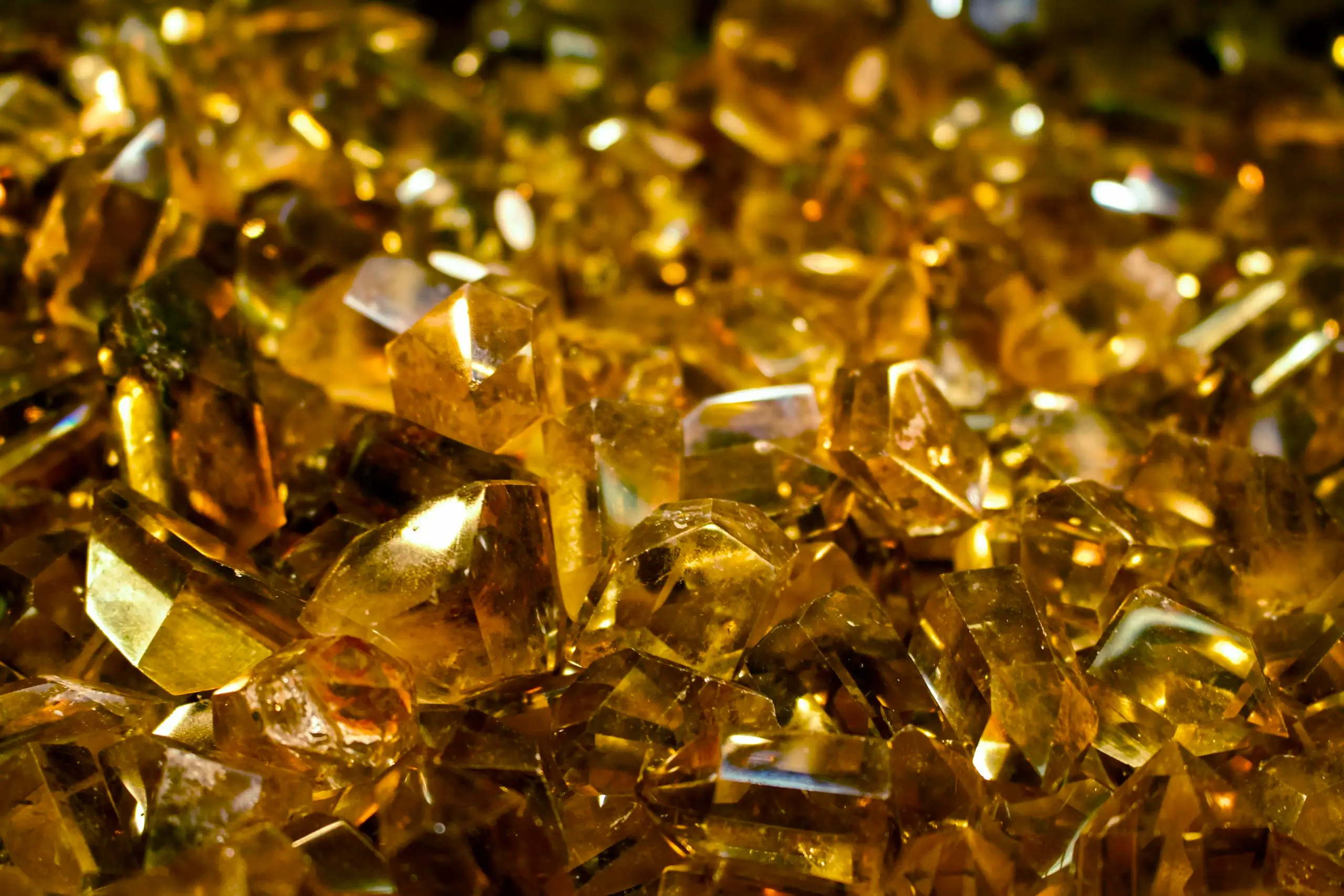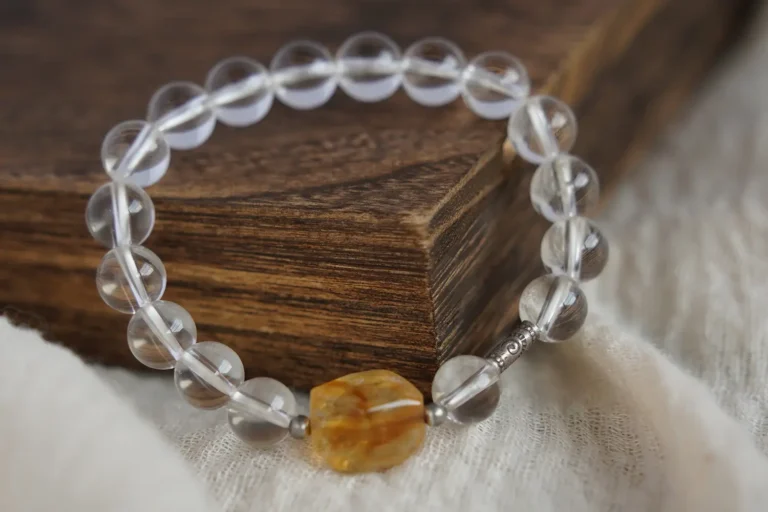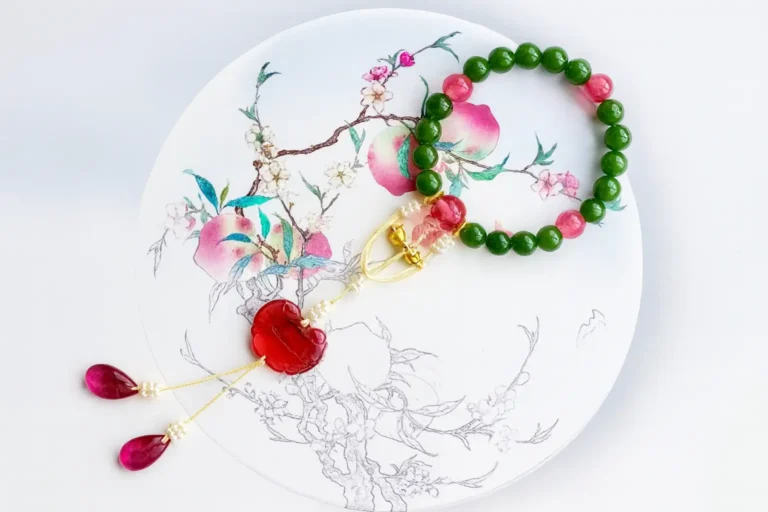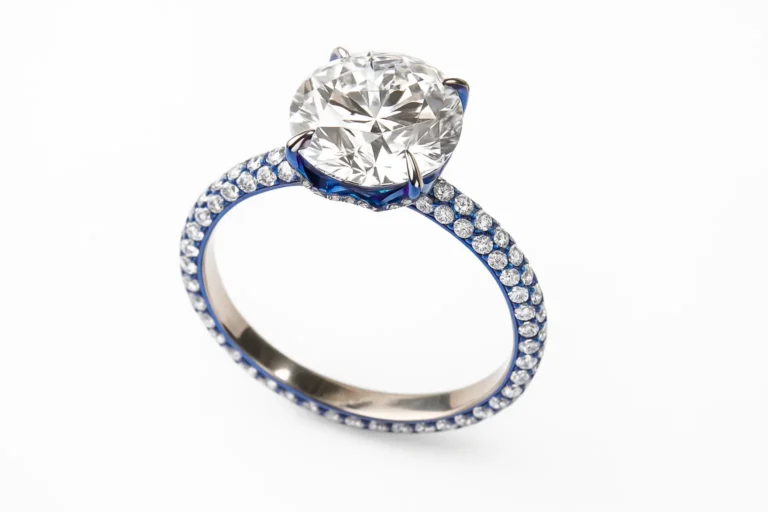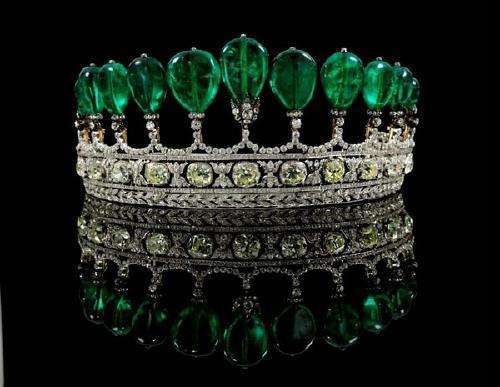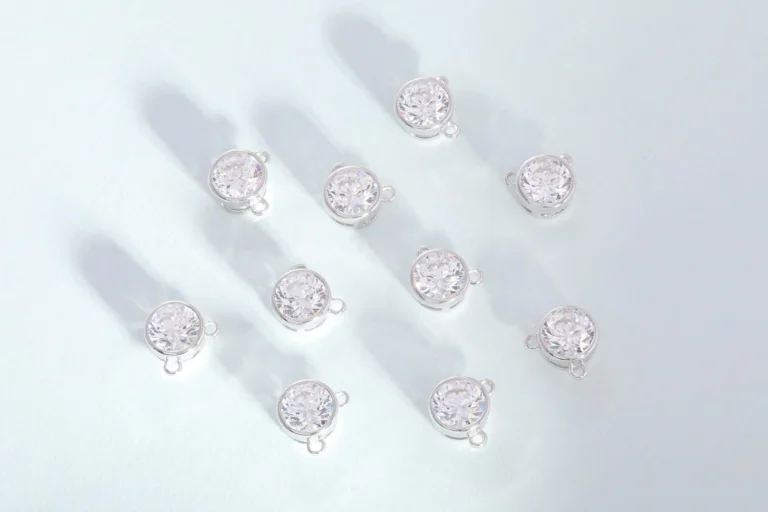Golden Beryl: Rare Gemstone Among the World’s Five Great Gems with Stunning Cat’s Eye Examples
Golden Beryl: One of the World’s Five Great Gemstones-As Famous as Diamond, Yet Little Known? An Exclusive Collection with Real Photos!
Golden Beryl is one of the five great gemstones in the West, yet high-quality specimens are rare. Its Cat’s Eye variety, the Golden Beryl Cat’s Eye, captivates collectors with a sharp light band and vivid hues.
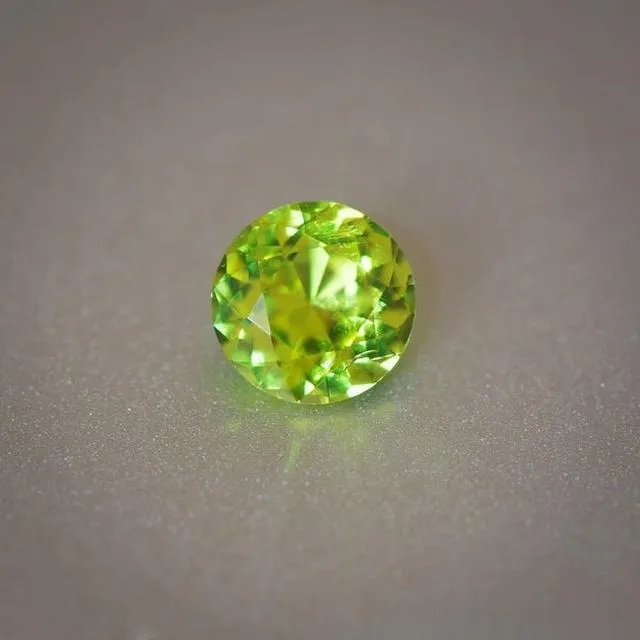
Mini Lesson: The world’s five great gemstones are: Golden Beryl, Diamond, Ruby, Sapphire, and Emerald. Click the gem names to access authoritative gem knowledge!
Golden Beryl: Characteristics, Crystal System, and Varieties
The mineral golden beryl belongs to the orthorhombic crystal system and typically forms plate-like or short columnar crystals.Its colors span green, yellow-green, and golden-green, and gemologists also recognize a variety called asteria golden beryl.
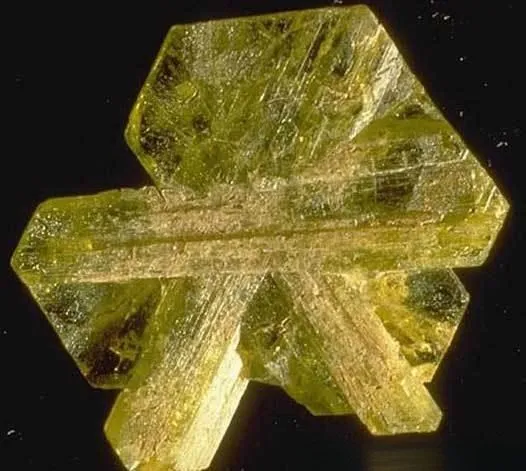
Gemologists categorize it based on its special optical effects into regular golden beryl, cat’s eye, alexandrite, and alexandrite cat’s eye.Of course, the cat’s eye is the most famous!
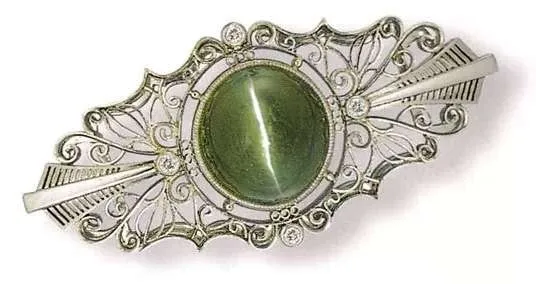
Besides its attractive optical effects, golden beryl also has a very high refractive index (RI: 1.746–1.755) and a relatively high hardness (8–8.5). This is why golden beryl is one of the world’s five great gemstones.
Why is Golden Beryl Little Known?
Golden beryl is a relatively rare gemstone, primarily because its natural production is much lower than that of more common gems like tourmaline or sapphire. Most golden beryl comes from limited sources, such as Sri Lanka, Tanzania, and Madagascar, making high-quality specimens particularly hard to find. In addition to its scarcity, golden beryl has a distinctive green-yellow to golden-green hue. This color provides a subtle warmth that beautifully complements a wide range of skin tones, adding to the gem’s distinctive appeal and making each piece especially captivating.
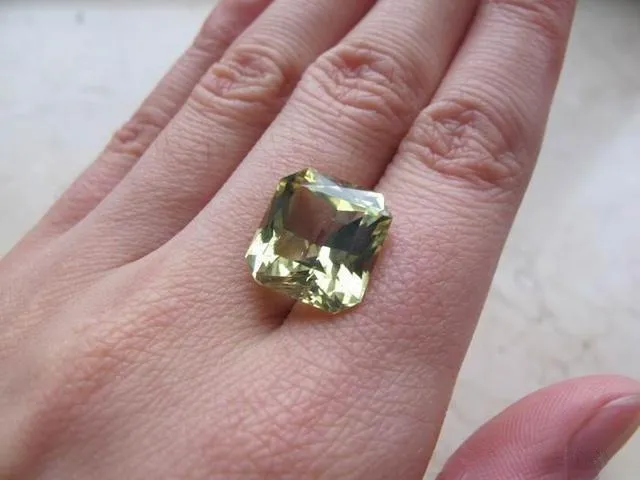
Golden Beryl Crystals: Unique Shapes and Rare Twinning
The golden beryls shown below are all from my personal collection. Since most of the stones from Sri Lanka are alluvial, finding complete crystals isn’t easy, which makes every piece here incredibly precious.
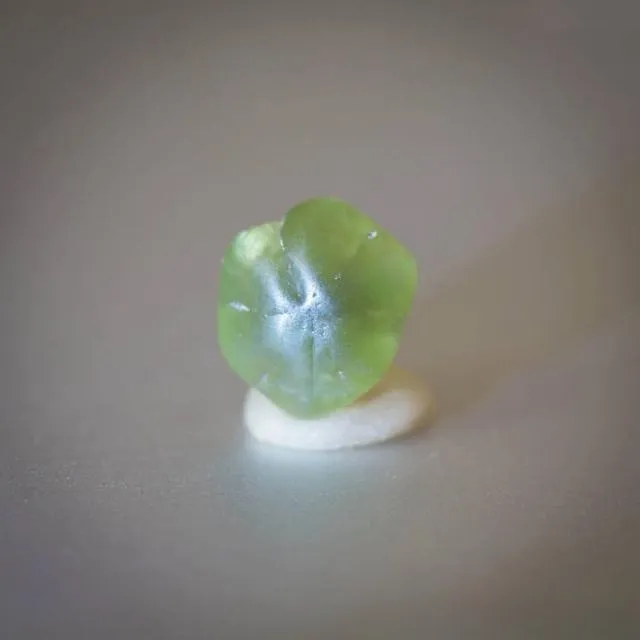
I especially love this one.This crystal exhibits a classic pseudo-hexagonal triple-twinned shape for golden beryl. It consists of two parts, with each part divided into three segments. What’s more, the color is green with very little yellow, which is even rarer!
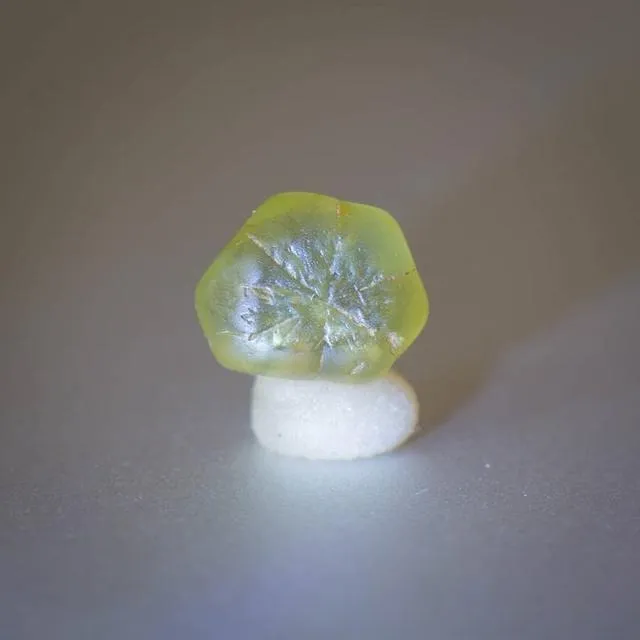
Like the one above, this golden beryl is also an interpenetrating twin crystal and is very clean. It looks like a wheel, so it’s also called a wheel-type twin crystal.
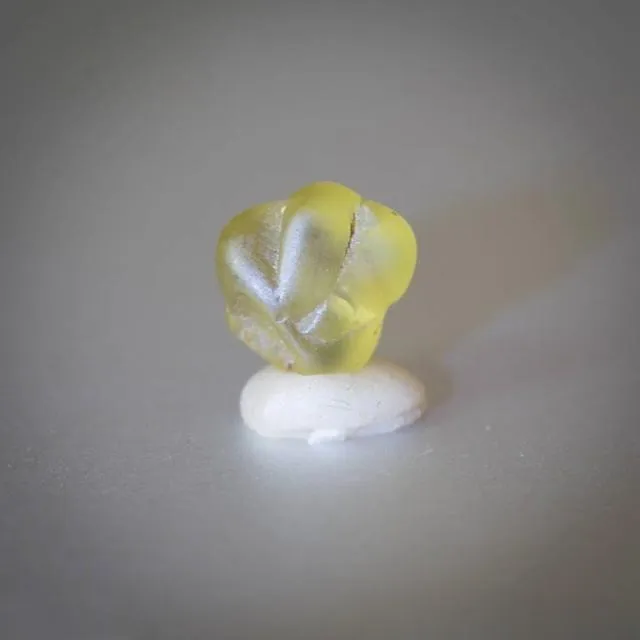
Looking closely, this one only has five “petals,” kind of like Maitreya Buddha’s big foot.
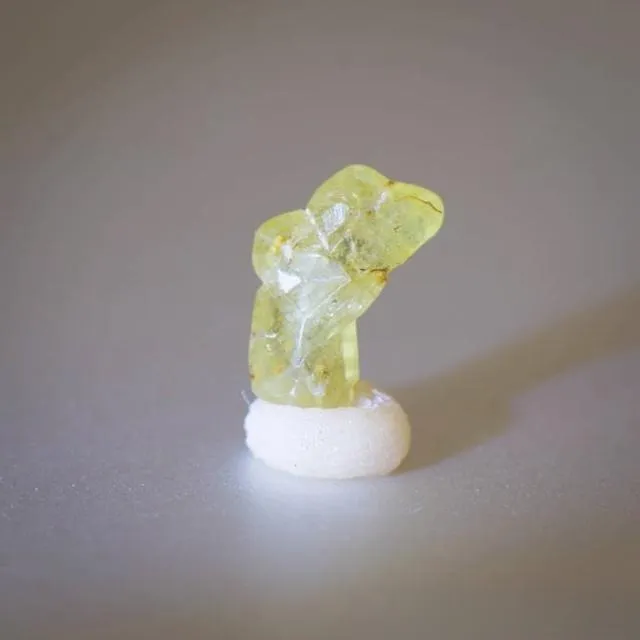
This one looks quite odd; I don’t even know what to call it! Nature is so amazing!
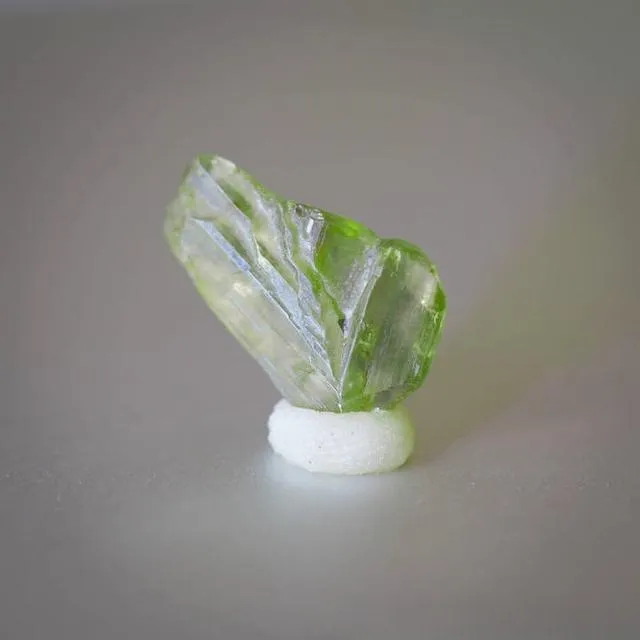
From the outside, this one looks like a “V,” also like a human knee. In gemology, this shape is called a knee-shaped twin crystal. This crystal form is still commonly seen.
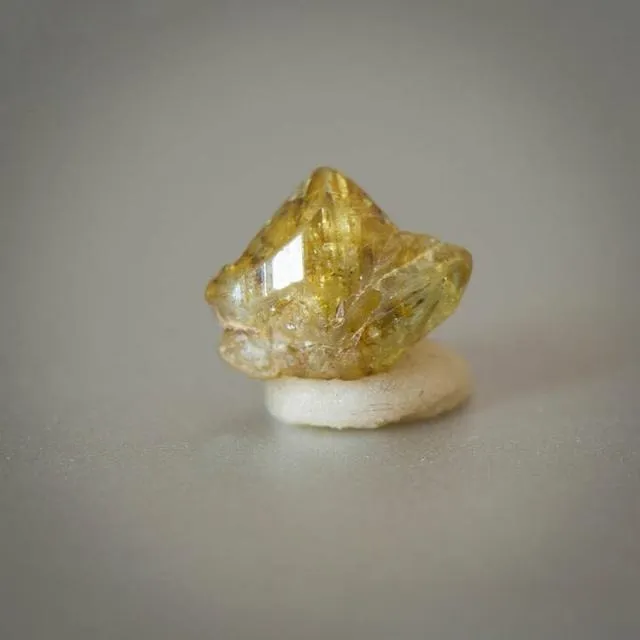
You can see from these crystals that the color is still variable. This one has a relatively golden-yellow tone.
Golden Beryl Cat’s Eye: Appearance and Optical Effects
A cat’s eye effect is when a line of light moves across the gem as it’s rotated, making it look like a cat’s eye. Of course, this isn’t a very academic explanation, so I hope readers don’t mind. I just want it to be easy to understand.
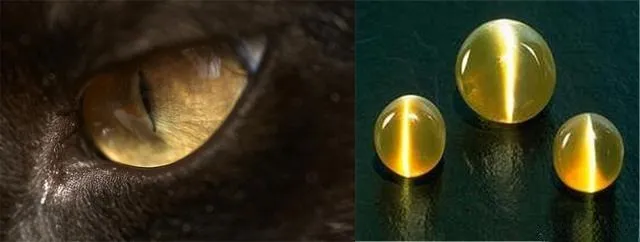
Above are the common shapes of golden beryl. Below is my favorite “cat’s eye.”
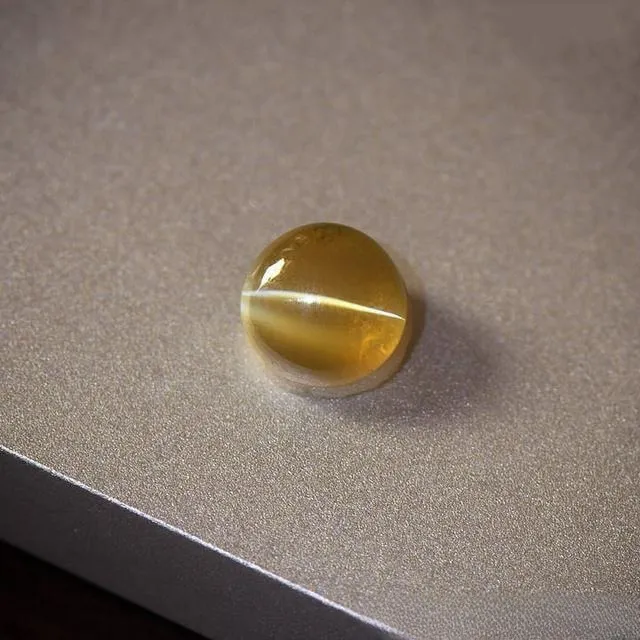
This one has a very sweet color and a very transparent crystal. If you shine a light through it, you can see its high clarity. High-quality cat’s eyes are a rarity nowadays; “seize the day” when you see one! This one is considered high-quality, and the actual eye line is even sharper.
Golden Beryl Cat’s Eye: How to Judge Quality
- First, look at the shape. The rounder, the better and more expensive, followed by an oval shape.
- Once the shape is good, check the eye line. It should be very straight and sharp, with no breaks or curves.
- Then check the color. Some people like a honey color; I personally prefer apple green.
- Finally, check other aspects, such as whether the base is complete and the polish is good enough. In recent years, the reputation of cat’s eye gems has soared, and prices continue to climb.
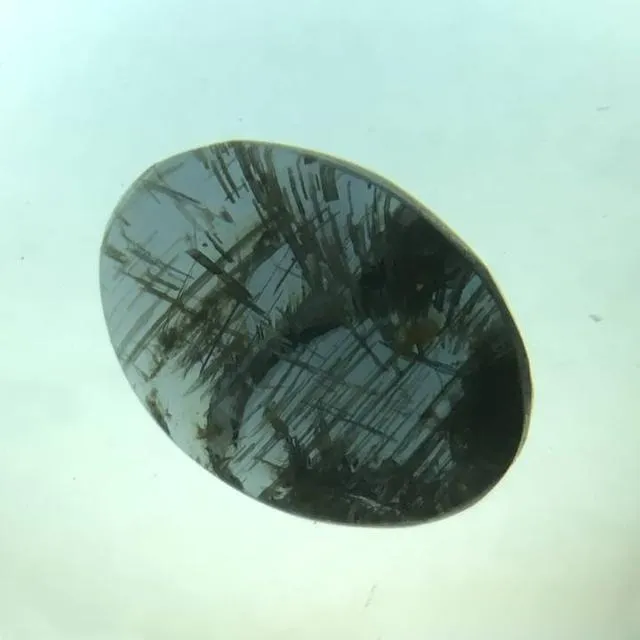
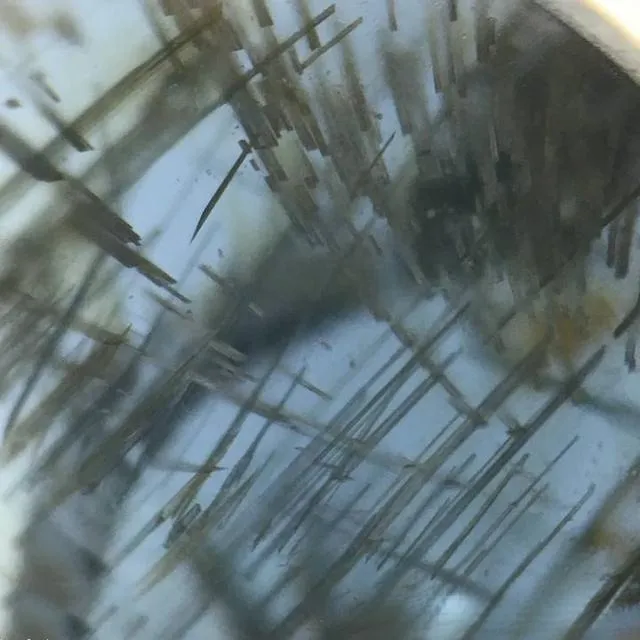
Golden beryls are usually quite clean. Common inclusions are needle-like fibers and other solid inclusions. This one is a cat’s eye, but the eye line is weak.
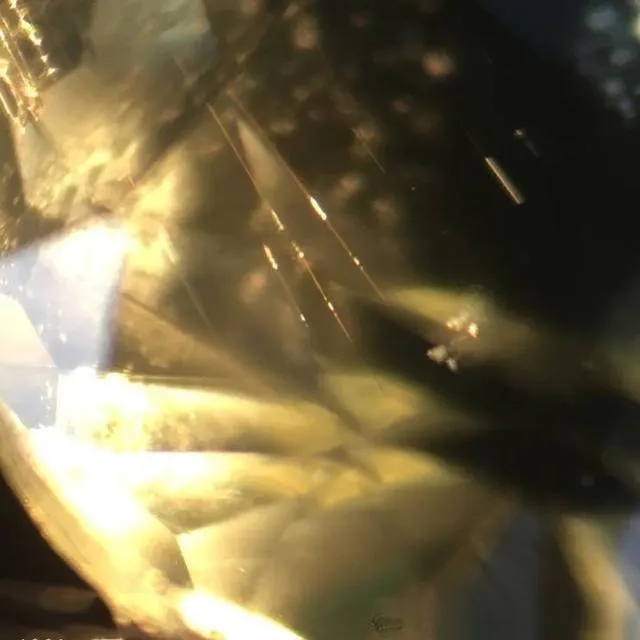
This is a rutile needle seen in regular golden beryl. Because there are only a few, it doesn’t form a cat’s eye effect.
You can see a large number of fibrous needle-like inclusions, but compared to the golden-yellow cat’s eye above, these needles are much coarser.
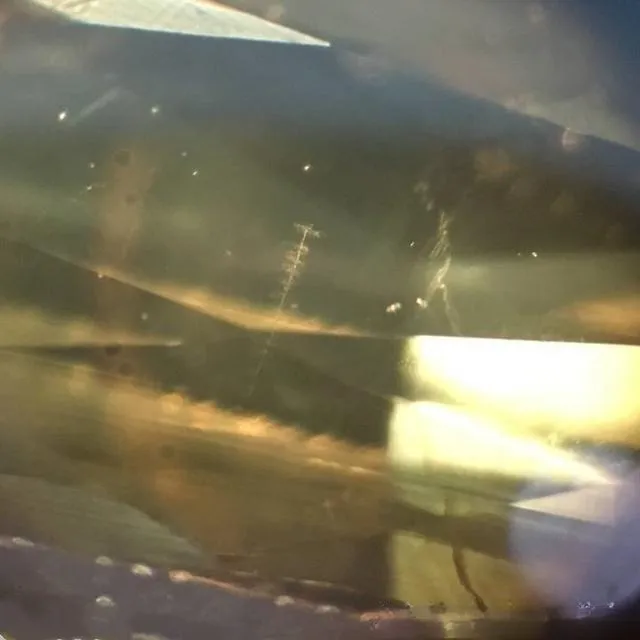
Some very fine fibrous inclusions can be seen in the middle. Besides these, there are other solid inclusions, but I won’t list them all.
Vanadium Golden Beryl: Rare Colors and Features
It usually comes from Tanzania and Madagascar, while the ones from Sri Lanka are yellow, yellowish-green, or brownish. There’s also a more expensive vanadium golden beryl, with a color so green it looks like a green apple.
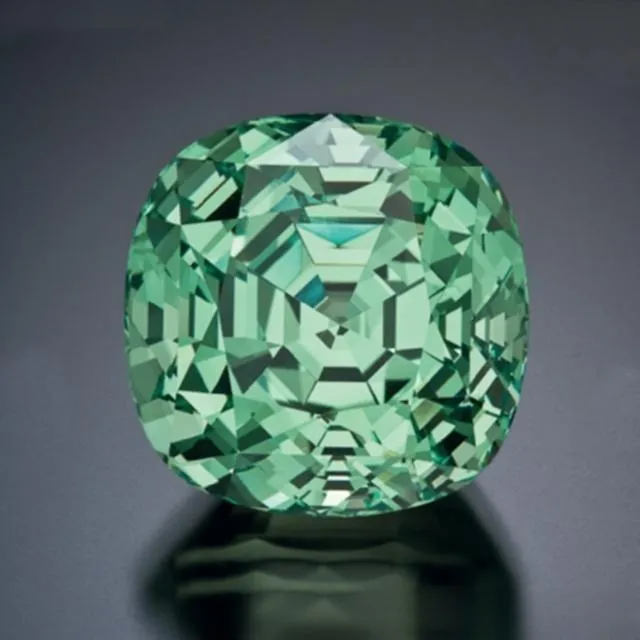
This is the same coloring agent as tsavorite garnet. Vanadium-colored golden beryl is quite rare on the market, so prices are very high,some are thousands or even tens of thousands of yuan per carat. I feel the price-to-value ratio is not ideal, as the difference between the source price and the market price is huge.
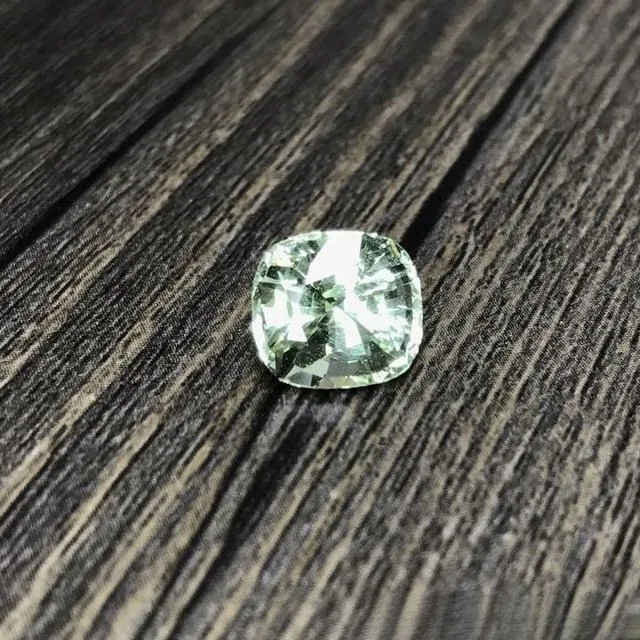
Collecting Golden Beryl Cat’s Eye: Value, Rarity, and Tips
Peonyjewels Says: For collectors, high-quality Golden Beryl Cat’s Eye gems are never cheap and are hard to find, and prices rise year after year. When I look back at last year’s prices and then at today’s prices, I can’t help but sigh. So, if you feel the price is too high today, it will be even more out of your reach next year. It’s always the same with gems: when you love it, get it while you can!
As these exquisite gemstones inspire awe with their history and beauty, they also spark ideas for unique jewelry designs. At PeonyJewels, we transform such inspirations into handmade vintage earrings and other special pieces. Explore our handmade vintage earrings collection to see how timeless gems meet artisanal craftsmanship.

